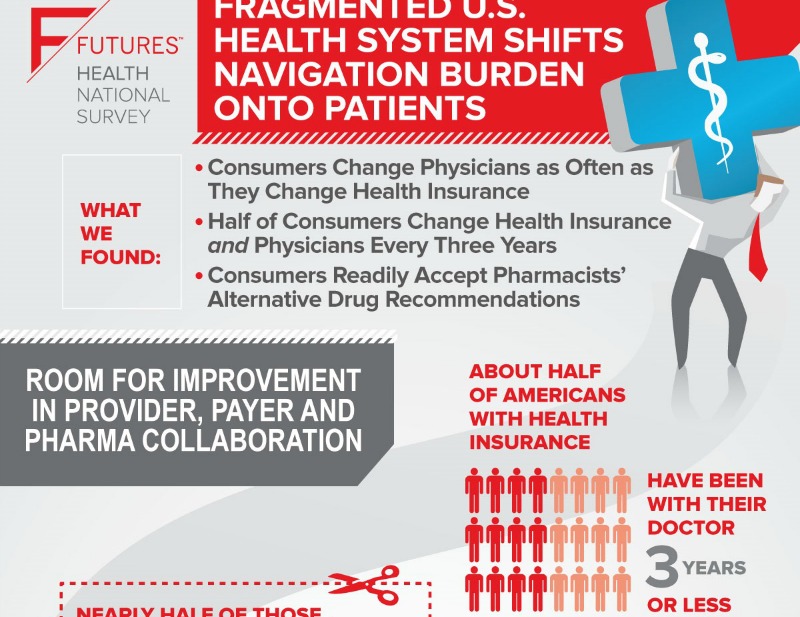Paul Holmes 09 Feb 2016 // 1:56PM GMT

For all the discussion of a more consumer-centric approach to healthcare marketing—patient power was one of the top items in our trend forecast earlier this year—new research from Finn Partners makes it clear that a better understanding of patients must be accompanied by a better understanding of the economic ecosystem in which those patients exist.
The 1,000-person national poll, the second under the Finn Futures brand from New York-based Finn Partners, suggests that payer, provider, policy and pharmaceutical leaders have an opportunity to help consumers gain greater value from their health-dollar spend, improving care and reducing cost.
But it also challenges much of the conventional wisdom in healthcare communications and suggests that current approaches may not be sufficient.
“There’s a tendency for healthcare marketing and PR people to believe that they can reach out to and influence consumers directly,” says Gil Bashe, who leads the healthcare practice at Finn. “But consumers exist within an economic ecosystem, which means that even if they have a preference for one treatment over another, that might not necessarily play out.”
One common marketing line that the survey calls into question is the advice to “ask your doctor” about a specific medication.
For one thing, the survey found that consumers who change health insurance plans frequently switch their primary care physicians just as often—about half of Americans with insurance have had a relationship with their current primary-care physician for fewer than three years—and while most say their primary physician is their first choice for health information, the reality is that 46 percent see their primary care physician only once a year, when called or reminded to make an appointment or when they are ill.
“If you are there you will ask a question,” says Bashe. “But if you are not there, you will find an alternate source of information, from a trusted medical website like WebMD to a pharmacist.” The majority of consumer decisions—including where to seek information—are driven by two factors: cost and convenience.
Moreover, even if consumers do ask their physician for a specific treatment, 43 percent of respondents said their pharmacist has always or frequently recommended an alternative prescription medication to the initial prescription, and nearly half said they always or mostly accept their pharmacist’s alternative.
The survey findings suggest several ways in which existing marketing and communications tools are failing to provide the kind of information consumers are looking for.
Says Bashe: “Too many consumers still remain in the dark and helping them to find their way will define market leaders. Health professionals, payer, pharma industry and policy decision makers have a responsibility to be better patient resources.”
For example, nearly half of respondents under age 65 were unaware that pharmaceutical companies offer co-pay coupons (savings cards), regardless of household income, to reduce out-of-pocket costs for prescription medicines.
Similarly, only 27 percent of people with health insurance read the relevant materials and understand what their insurance covers.
“Companies need to educate their consumers about what a formulary is, and why it exists,” says Bashe. “And they need to provide real advice on how to get medications beyond the formulary. Consumers will do that research if they are choosing between Fitbit and an Apple Watch, but they don’t know how to do it in order to choose their own medication.”
Social media, not surprisingly, will play an increasingly important role, with 32 percent of respondents saying they expect the companies that provide their medication to be active on Facebook—with that number rising to 42 percent among respondents under 45.
“The bottom line is that communicators need to understand the economic ecosystem in which their patients live,” says Bashe. “They need to understand that the majority of consumers are driven by cost and convenience. They need to understand the behavioral economics underpinning patient decisions.”


































.jpg)

















